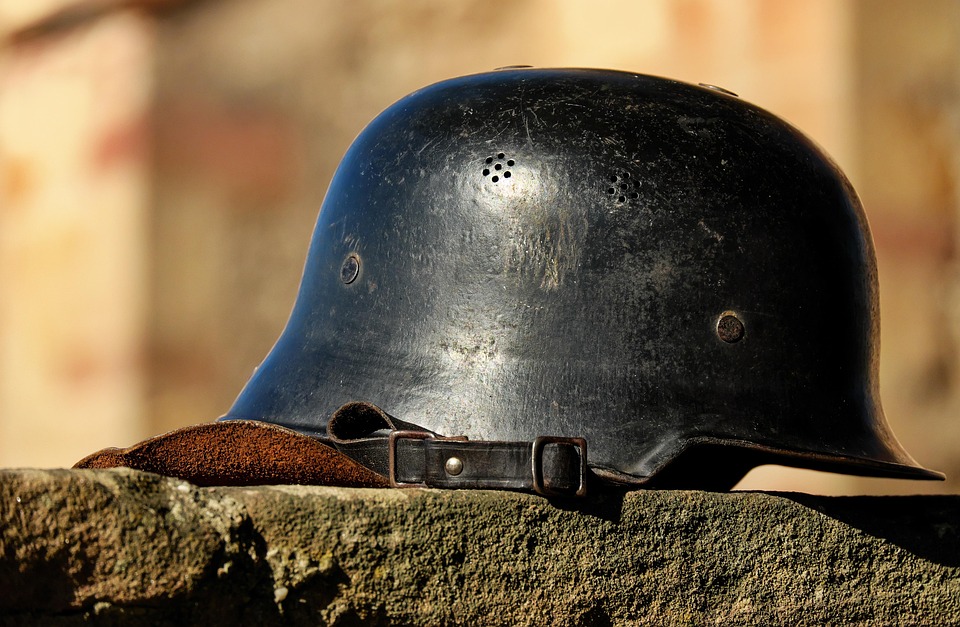Clan wars have long been a significant aspect of online gaming, creating vibrant communities that foster collaboration, competition, and conflict. These battles, whether in massive multiplayer online games (MMOs) or mobile strategy games, are not merely contests of skill but also deeply rooted in social dynamics. Understanding the mechanics of clan wars can reveal much about teamwork, rivalry, and the human experience.
The Formation of Clans
At the heart of clan wars is the formation of clans—groups of players who band together to achieve common goals. These clans often emerge from shared interests, play styles, or friendships formed in-game. In many cases, the social bonds among members can enhance their commitment to the clan, leading to more organized and effective participation in wars.
Leadership and Governance
Each clan typically has a leadership structure that can vary from democratic to autocratic. Leaders are often tasked with strategizing, resource allocation, and conflict resolution. The dynamics within the clan—from how decisions are made to how disputes are resolved—are pivotal. Strong leadership can rally members and maintain morale, while poor governance may lead to division and decreased performance.
The Role of Social Dynamics
Communication and Coordination
Effective communication is crucial in clan wars. Members must coordinate attacks, share resources, and devise strategies, all of which depend on robust communication channels—whether in-game chat, dedicated Discord servers, or forums. The manner in which information is disseminated can affect the clan’s performance; transparency promotes trust, while secrecy can lead to suspicion and disunity.
Competition and Rivalry
Clan wars often highlight a rivalry among clans, fostering a competitive spirit. This rivalry can lead to heightened motivation, as clans strive to outdo one another. However, competition also has the potential to create toxic environments if not managed properly. Leaders must balance competitive fervor with sportsmanship, ensuring that the core values of the clan and its larger community are maintained.
Conflict and Resolution
Inevitably, clan wars can lead to internal conflicts. Issues may arise from disagreements over strategy, unequal contributions, or personality clashes. Successful clans often cultivate a culture of conflict resolution, allowing members to voice concerns and work through disagreements constructively. This involvement fosters resilience and can ultimately strengthen the cohesiveness of the clan.
Outside Influences
While clan dynamics play a central role, external factors can also shape clan wars. Game mechanics, updates, and seasonal events can disrupt strategies and alliances or alter the landscape of competition entirely. Clans must adapt to these changes, often requiring a reevaluation of goals and tactics.
The Impact of Community
Online gaming communities are vast and interconnected. Clan wars can spill over into larger community interactions, leading to alliances (or rivalries) that transcend individual clans. This broader social environment can affect recruitment, resource sharing, and even attitudes toward other clans. Acknowledging and leveraging community relationships can amplify a clan’s success in wars.
Conclusion
Clan wars encapsulate much more than mere conflict—they reflect complex social dynamics that foster friendships, rivalries, and communities. The interplay of leadership, communication, competition, and external factors all contribute to the unique experiences of clans engaged in these battles. As gaming continues to evolve, understanding these dynamics will be essential for both players and developers to create enriching experiences that extend beyond just the screen, cultivating lasting communities in the ever-expansive universe of online gaming.



